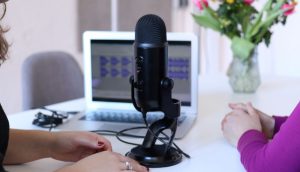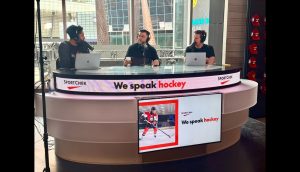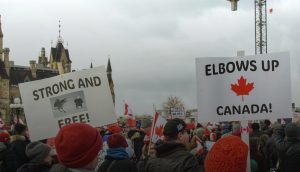Radio’s ROI is 49% better than television. That’s the conclusion of the third major study from the New York-based Radio Ad Effectiveness Lab (RAEL) called Radio’s ROI Advantage.
RAEL also felt the findings demonstrated radio’s effectiveness as a primary medium, with slightly more impact when radio was used in conjunction with TV.
With ROI being the main concern of advertisers today, the industry group set out to study the effect of radio advertising on product sales and to examine that against comparable TV advertising. The complex six-month ‘real world’ test was conducted by Millward Brown and Information Resources Inc. (IRI) using four pairs of actual radio and television campaigns for four brands – one grocery food, one grocery non-food, and two OTC drug products.
There were also four test markets: one where there was TV or incremental radio while the other three were scheduled with incremental radio only, national TV only, and both national TV and incremental radio.
According to the IRI data, the incremental radio campaigns were associated with sales lifts of 3.6% where there was radio alone and 4.6% when combined with TV.
Although higher, the national TV campaigns showed no significant difference in sales lift with or without radio, resulting in increases ranging from 7.3% to 7.7%.
Radio Marketing Bureau (rmb.ca) is the main Canadian partner of RAEL and RMB president John Harding is on its board of directors.
The full study can be found at radioadlab.org.






















